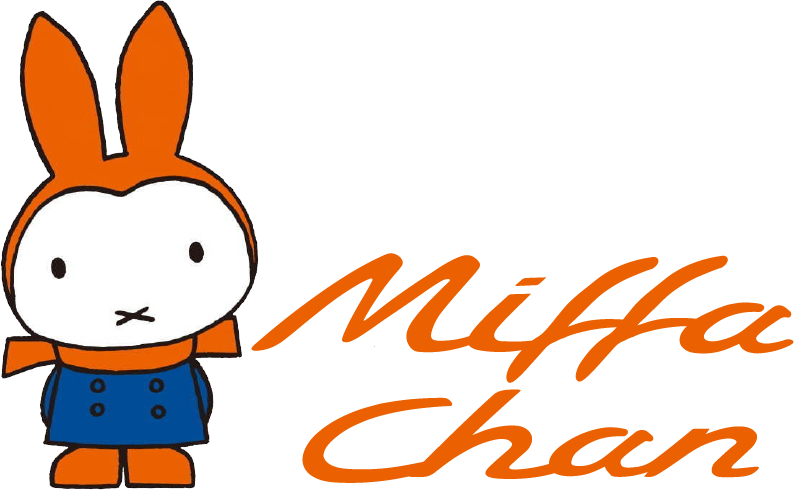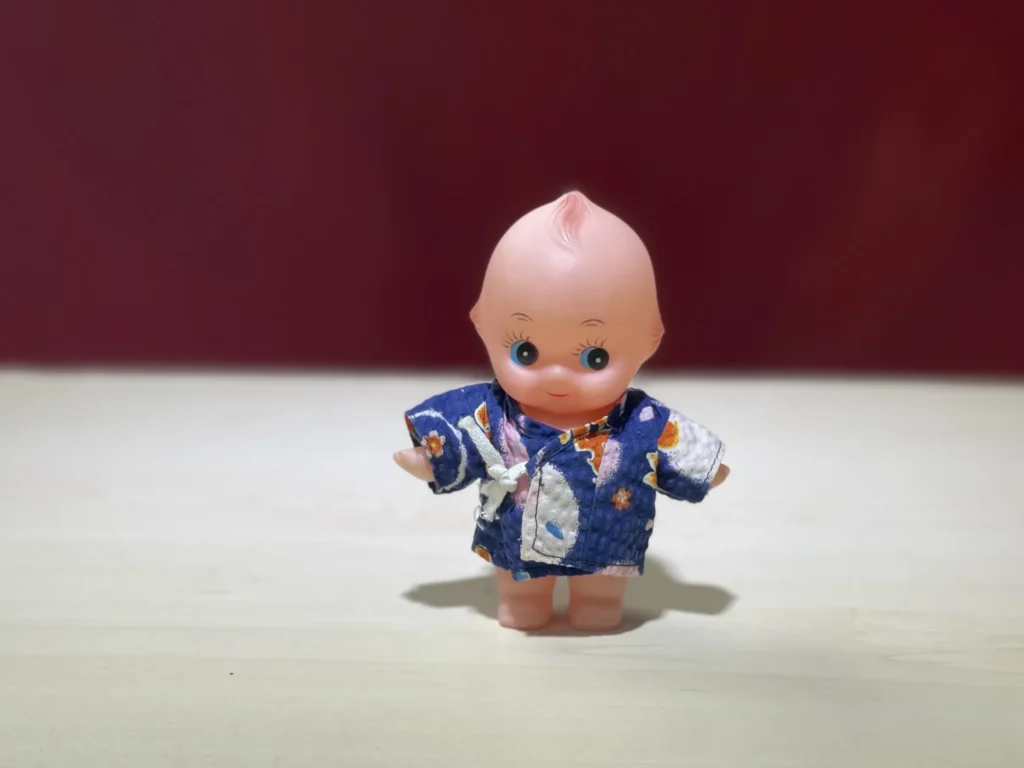
In our last run together we “run” out of space to place Kewpie in our bid so I used KEW and while using web search I mistyped KEWT, what a funny coincidence, because I did not know the meaning of that word.
Rise of Cuteness Culture
Imagine a world where everything is adorable, where charm and innocence prevail, and where even the simplest things bring a smile to your face. Welcome to the rise of cuteness culture, a phenomenon that has taken the world by storm and certainly took us almost 20 year ago.
Let’s explore the various aspects of this cultural trend and delve into its impact on society, psychology, and the commercial landscape. Even researches have studies this phenomenon
What is Cuteness Culture?
Cuteness culture refers to the widespread adoration and celebration of all things cute. From adorable animals to charming cartoon characters, cuteness is a quality that captivates hearts and minds across different age groups and cultures. It encompasses a wide range of elements, including aesthetics, behavior, and emotions that evoke feelings of warmth, tenderness, and protectiveness. It’s a more generic, subtle approach to what we have discussed in another post about Japanese Kawai Culture
Historical Background
While cuteness has always held some level of appeal throughout history, it has experienced a surge in popularity in recent times. The roots of cuteness culture can be traced back to Japanese kawaii culture, which emerged in the 1970s and quickly gained global recognition. The spread of kawaii aesthetics and the rise of Japanese pop culture played a significant role in popularizing cuteness worldwide.
Kewpie and Kewpie Dolls
One iconic symbol of cuteness that has stood the test of time is the Kewpie doll. Created by Rose O’Neill in the early 20th century, Kewpie dolls quickly became beloved for their cherubic faces and rosy cheeks. These adorable dolls embodied the essence of cuteness and became highly sought-after collectibles.
The Kewpie doll’s influence on cuteness culture extends beyond its physical form. The Kewpie doll has become an enduring mascot for all things cute, representing the innocent and whimsical aspects of cuteness. Its timeless charm has inspired countless artists, designers, and enthusiasts to incorporate Kewpie-like characteristics into their creations.
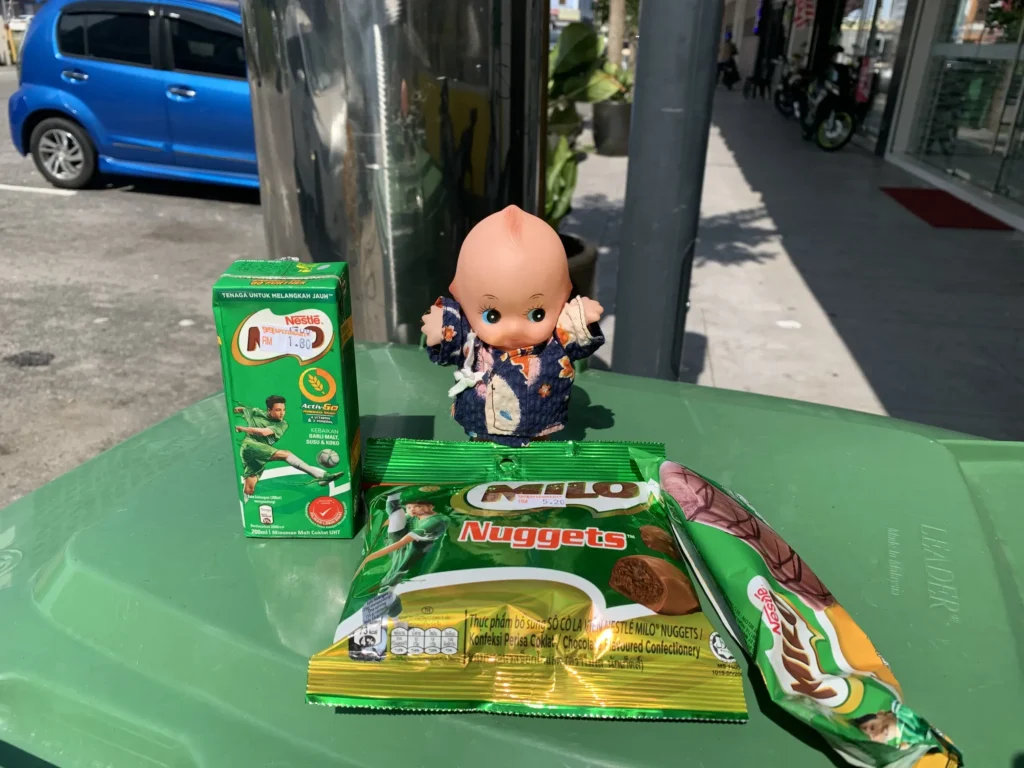

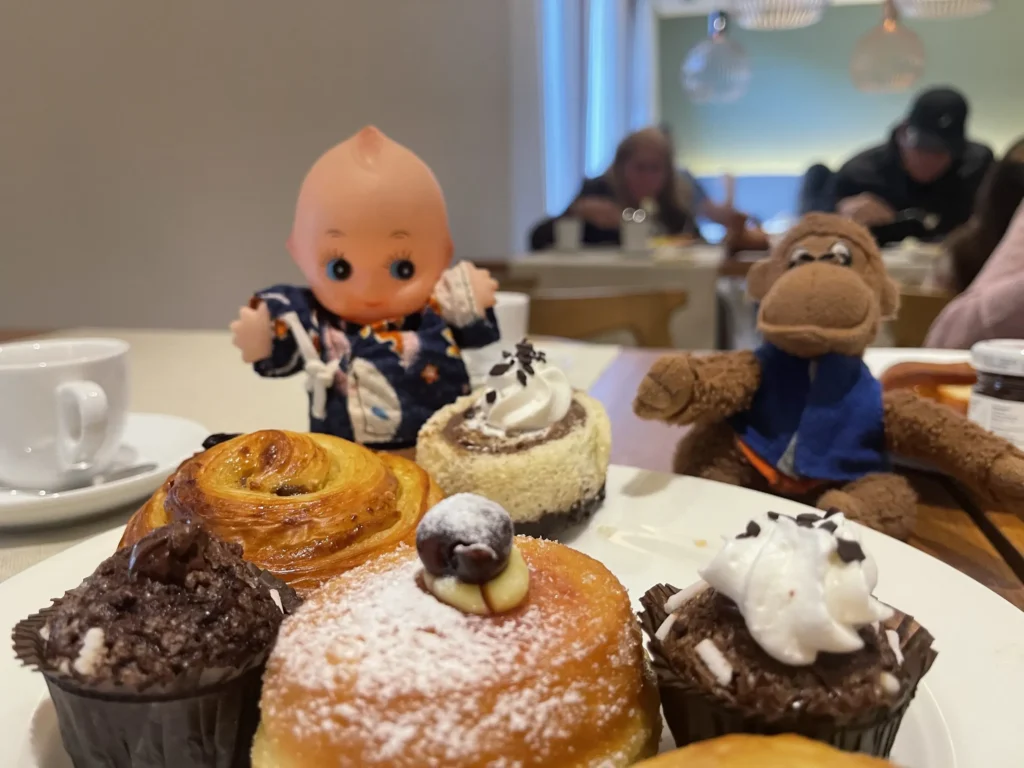
Impact of Social Media on the Popularity of Cuteness Culture
Cuteness as a Form of Escapism
In today’s fast-paced and often stressful world, cuteness provides a much-needed escape. It’s not a casual thing that Kawai / Cute culture was originated in a society, like the japanese, that was experiencing deep social changes as they evolved into a technologically driven future society. Tokyo in the 90’s was the paradigm of new cyber city that will be soon fully electronically governed.
Young generations born and raised during these years experimented fast changes and pressure to perform at at rate never known, thus the need to evade and search for immediate pleasure.
Today, social media platforms, such as Instagram and TikTok, have become breeding grounds for cute content, allowing users to indulge in a momentary reprieve from their everyday lives. Cute images, videos, and memes flood our feeds, providing a brief respite from the challenges of the real world.
It was the norm, almost more than 20 years ago inside Tokyo’s subway to stare with surprise at the crowd immersed in their more advanced cellular phones with full color displays watch TV or playing video games.
What we thought it was a Japanese fashion or trend it’s now everywhere even in less developed countries.
The Role of Influencers and Celebrities
Influencers and celebrities have a significant impact on the popularity of cuteness culture. Their endorsements and promotion of cute products and trends amplify the reach and desirability of all things cute. When a popular celebrity shares a photo with an adorable pet or wears a cute outfit, it sparks a frenzy among their followers, leading to increased demand for similar experiences or products.
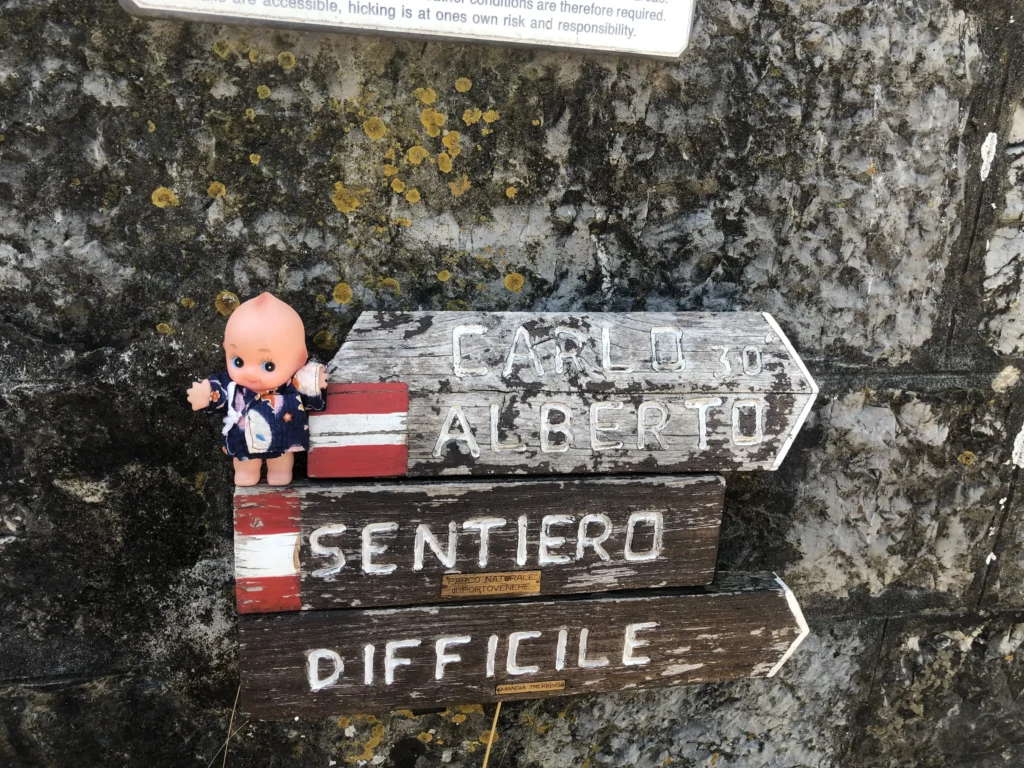


The Psychology Behind the Appeal of Cuteness
Evolutionary Theories
Scientists believe that the appeal of cuteness is deeply rooted in our evolutionary history. Our natural inclination to protect and care for vulnerable, helpless beings, such as infants or baby animals, is an adaptive trait that ensures the survival of our species. The presence of cuteness triggers nurturing instincts and fosters social bonding, leading to feelings of joy and happiness.
The Release of Oxytocin
The sight of something cute activates the release of oxytocin,
hormone often referred to as the “love hormone” or “cuddle hormone.” Oxytocin is associated with feelings of affection, trust, and bonding. When we encounter something cute, whether it’s a fluffy puppy or a cute baby, our brains release oxytocin, leading to a surge of positive emotions and a sense of connection.
The Commercialization of Cuteness
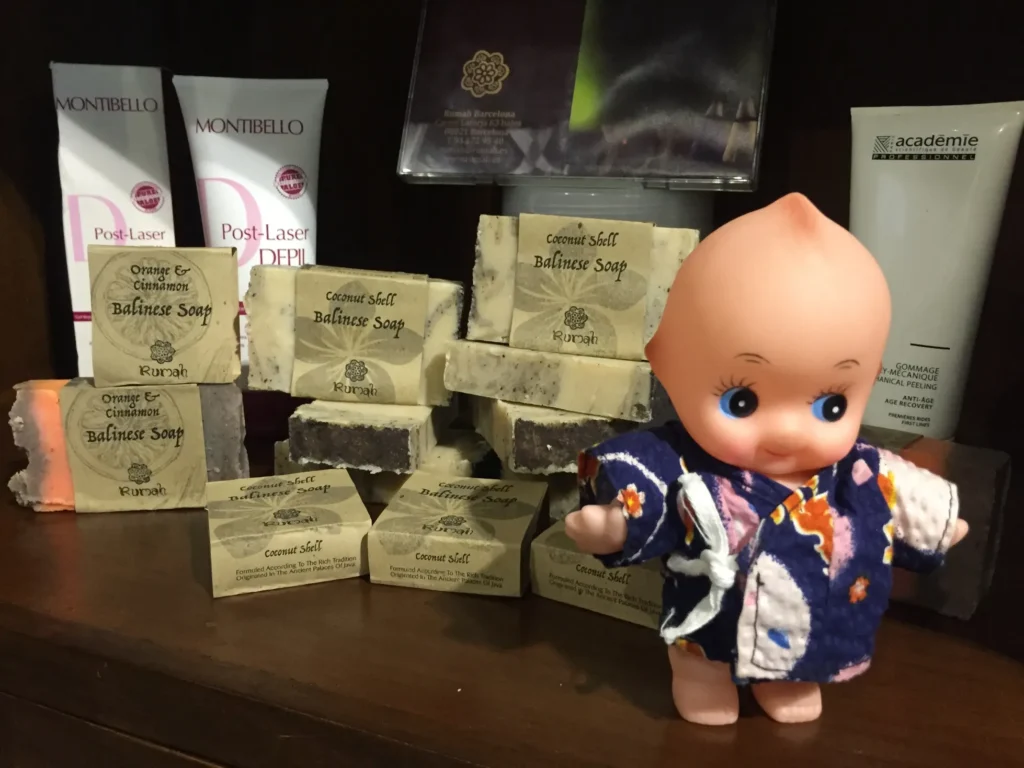
Marketing Strategies and Tactics
Marketers and advertisers have capitalized on the widespread appeal of cuteness to promote their products and brands. Cute imagery and characters are strategically used in advertising campaigns to capture attention, evoke positive emotions, and create a memorable impression. Companies leverage cute mascots, packaging designs, and slogans to attract consumers and enhance brand recognition.
Consumer Behavior and the Desire for Cute Products
The consumer demand for cute products is fueled by the psychological and emotional effects of cuteness. People are drawn to cute merchandise because it brings them joy, uplifts their mood, and creates a sense of nostalgia. From clothing and accessories to home decor and toys, the market for cute products continues to expand as consumers seek to surround themselves with adorable items.
The Influence of Cuteness Culture on Different Industries
Fashion and Beauty
Cuteness has made a significant impact on the fashion and beauty industries. Cute fashion trends often feature vibrant colors, playful patterns, and whimsical designs that evoke a sense of childlike innocence. Cute beauty products, such as adorable packaging or products with cute animal motifs, appeal to consumers who want to incorporate a sense of fun and lightheartedness into their self-care routines.
Entertainment and Media
Cuteness has become a driving force in the entertainment and media landscape. Cute characters and storylines dominate animated films, cartoons, and children’s television shows. The popularity of cute animal videos on platforms like YouTube showcases our fascination with adorable creatures and their heartwarming antics. Cute content creators and influencers have amassed large followings, turning their charm and cuteness into a lucrative career.
Product Design and Packaging
The influence of cuteness culture extends to product design and packaging. Companies invest in creating cute and eye-catching product designs to stand out in the market and attract consumers. Whether it’s a cute phone case, a charming stationery set, or a whimsical home decor item, the aesthetics of cuteness play a vital role in consumer decision-making.
Kewpie and Kewpie Dolls in the Industry
Kewpie and Kewpie dolls have made their mark in the world of cuteness culture. The iconic Kewpie design, with its round face, big eyes, and chubby body, has inspired various merchandise and collectibles. Kewpie dolls are often cherished as nostalgic toys, sought-after by collectors, and featured in cute-themed collaborations. Their timeless appeal and association with cuteness make them a beloved part of the industry.
Not to mention that has largely contributed to the success ok Kewpie mayo, that is the owner of the brand and the logo apparently. I must admit I have bought their products and I don’t like the taste of their mayonnaise. I have just paid four time more the price for the cuteness effect.
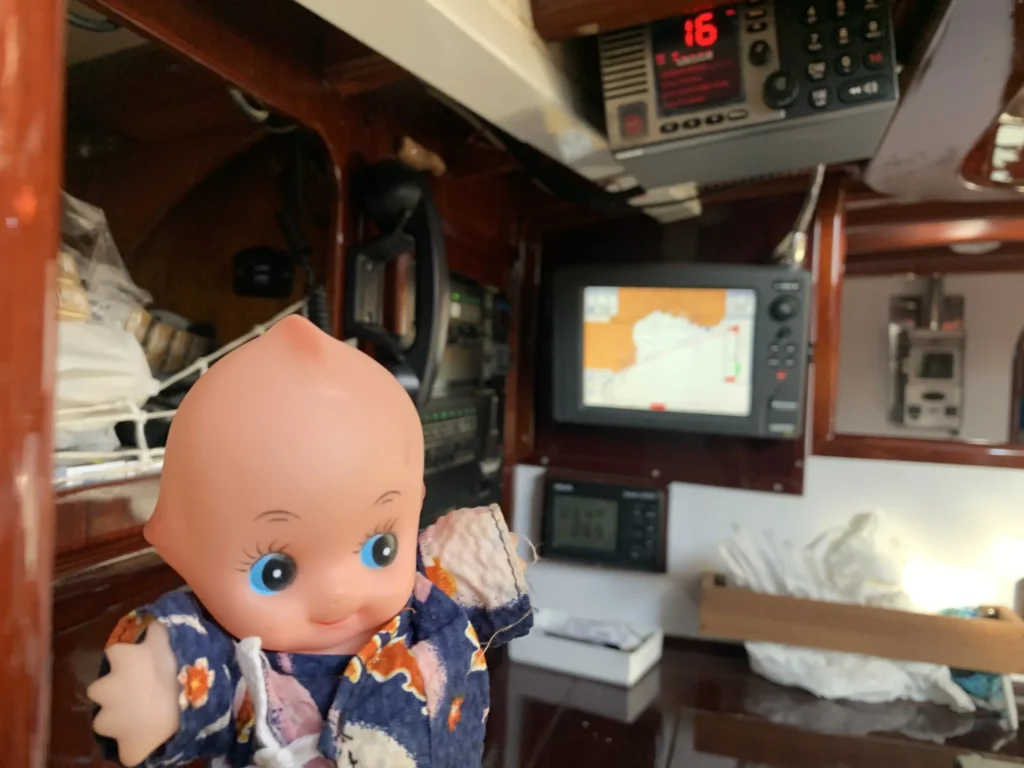
Criticisms and Controversies Surrounding Cuteness Culture
Infantilization and Objectification
One criticism of cuteness culture revolves around its potential for infantilization and objectification. The portrayal of adults or individuals in childlike or cute mannerisms can undermine their autonomy and contribute to societal stereotypes. Furthermore, the commodification of cuteness may reduce complex individuals or concepts to mere objects of aesthetic appeal, overshadowing their depth and significance.
Cultural Appropriation
Cuteness culture, particularly in its globalized form, has faced accusations of cultural appropriation. Elements of kawaii culture and other cultural aesthetics are often adopted without proper understanding or respect for their origins. This appropriation can lead to the erasure of cultural significance and perpetuate stereotypes, diluting the true meaning and context behind certain symbols or practices.
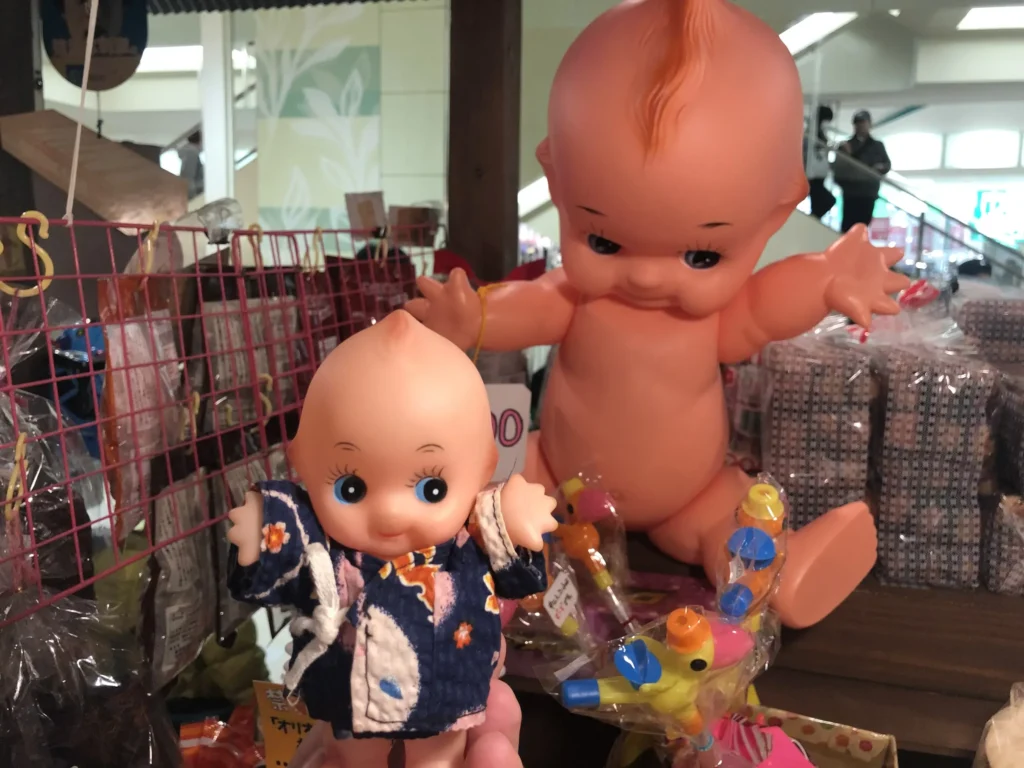
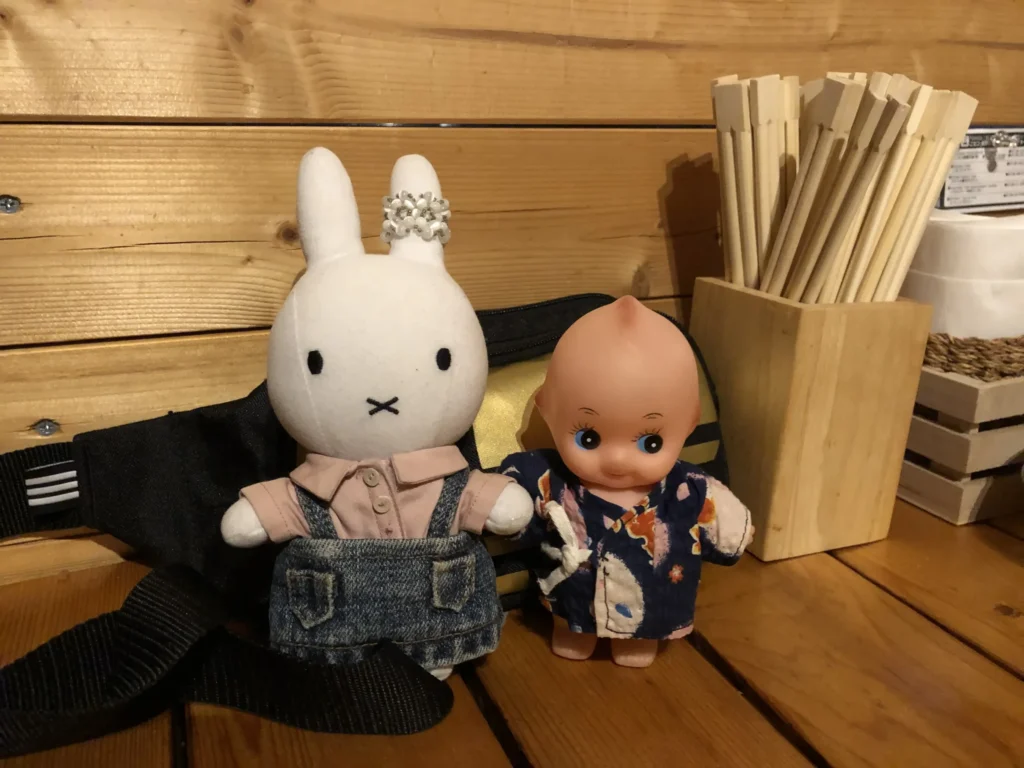
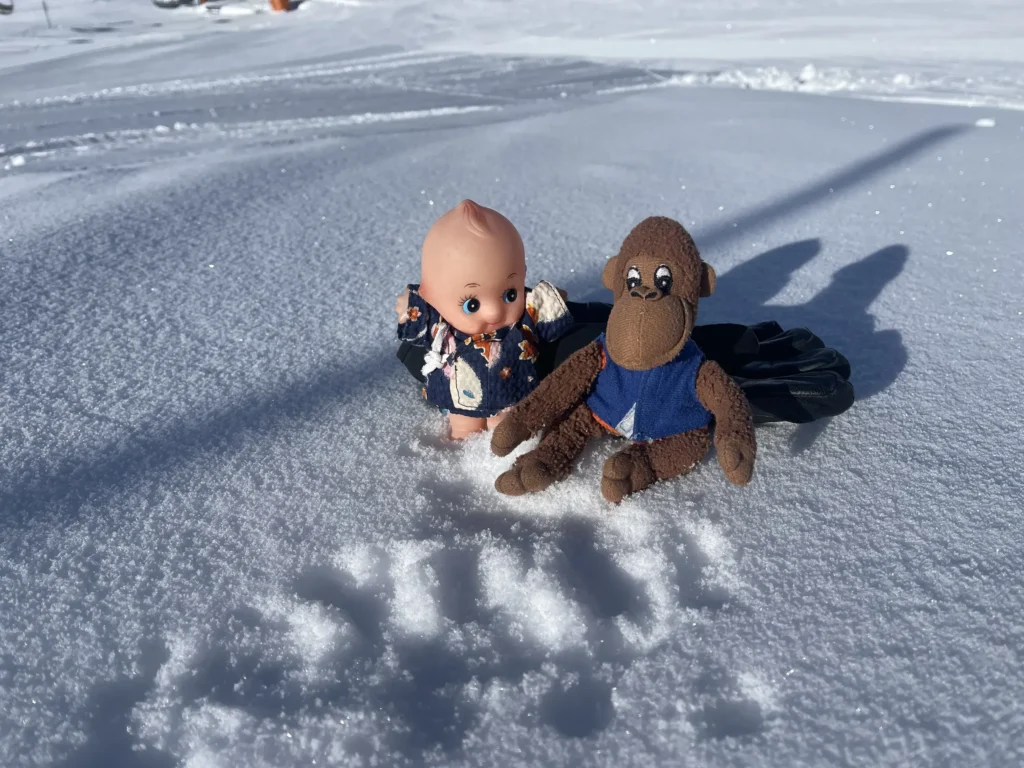

The Future of Cuteness Culture
Evolution and Adaptation
As with any cultural phenomenon, cuteness culture will continue to evolve and adapt to changing societal trends and preferences. It may take on new forms, incorporating elements of technology, sustainability, or inclusivity. The fusion of different cultural influences and the emergence of subcultures centered around specific forms of cuteness may shape the future of this phenomenon.
Potential Backlash and Alternatives
While cuteness culture continues to thrive, there is a possibility of backlash or a shift towards appreciating alternative aesthetics. As people become more aware of the potential issues surrounding cuteness culture, they may seek out different forms of artistic expression or beauty that challenge traditional notions of cuteness. This could lead to the rise of alternative aesthetics that embrace uniqueness, edginess, or unconventional beauty standards.
The Conclusion, there is no conclusion.
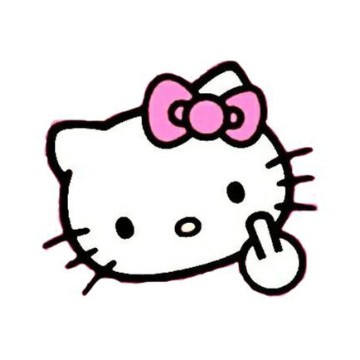
Cuteness is a powerful force in capturing our hearts and influencing consumer behavior. While the sole fact of becoming part or enjoying this type of culture is not particularly wrong the misuse of the powerful levers it has by social media, influencer seeking for money or specially brands can trespass ethical border while promoting or trying to sell products of services.
It is crucial to navigate the world of cuteness with awareness, ensuring that it does not perpetuate harmful stereotypes or overshadow the depth and complexity of individuals or cultures. As cuteness culture continues to evolve, it is essential to strike a balance between appreciating its positive aspects and critically examining its potential drawbacks.
This is why since the beginning Miffa, its friends and all the characters, including Kewpie and Gutang have a strong troublesome character or background that put them into a more human side of things.
Miffa Chan, the cute rabbit can be obsessed with fame and influence in order to obtain even more money – she is the heist of a rich HK tycoon – that she wastes in luxury goods and goods that she does not need or want if not to flex with friends and other bloggers…
FAQs (Frequently Asked Questions)
- Why do people find cuteness so appealing? People find cuteness appealing because of its ability to evoke positive emotions, trigger nurturing instincts, and create a sense of joy and happiness. It taps into our evolutionary instincts and releases oxytocin, the “love hormone,” which fosters social bonding and connection.
- How has social media contributed to the popularity of cuteness culture? Social media platforms have provided a platform for the widespread sharing of cute content. Users can easily access and engage with cute images, videos, and memes, offering a momentary escape from the stresses of everyday life and fostering a sense of connection through shared experiences.
- Are there any potential negative effects of cuteness culture? While cuteness culture has its positive aspects, there are also potential negative effects. It can contribute to the infantilization and objectification of individuals, as well as cultural appropriation. It is essential to be mindful of these issues and promote a balanced understanding of cuteness.
- How has cuteness culture influenced industries like fashion and beauty? Cuteness culture has influenced the fashion and beauty industries by inspiring cute fashion trends, playful designs, and adorable packaging. Consumers are drawn to cute products as they evoke joy and allow for self-expression through aesthetics.
- What does the future hold for cuteness culture? The future of cuteness culture will likely involve further evolution and adaptation to changing trends and societal preferences. There may be a rise in alternative aesthetics that challenge traditional notions of cuteness, as people seek out new forms of artistic expression and beauty.
Additional references
Dale, Joshua. (2019). Cuteness studies and Japan. 10.4324/9781315179582-32.
